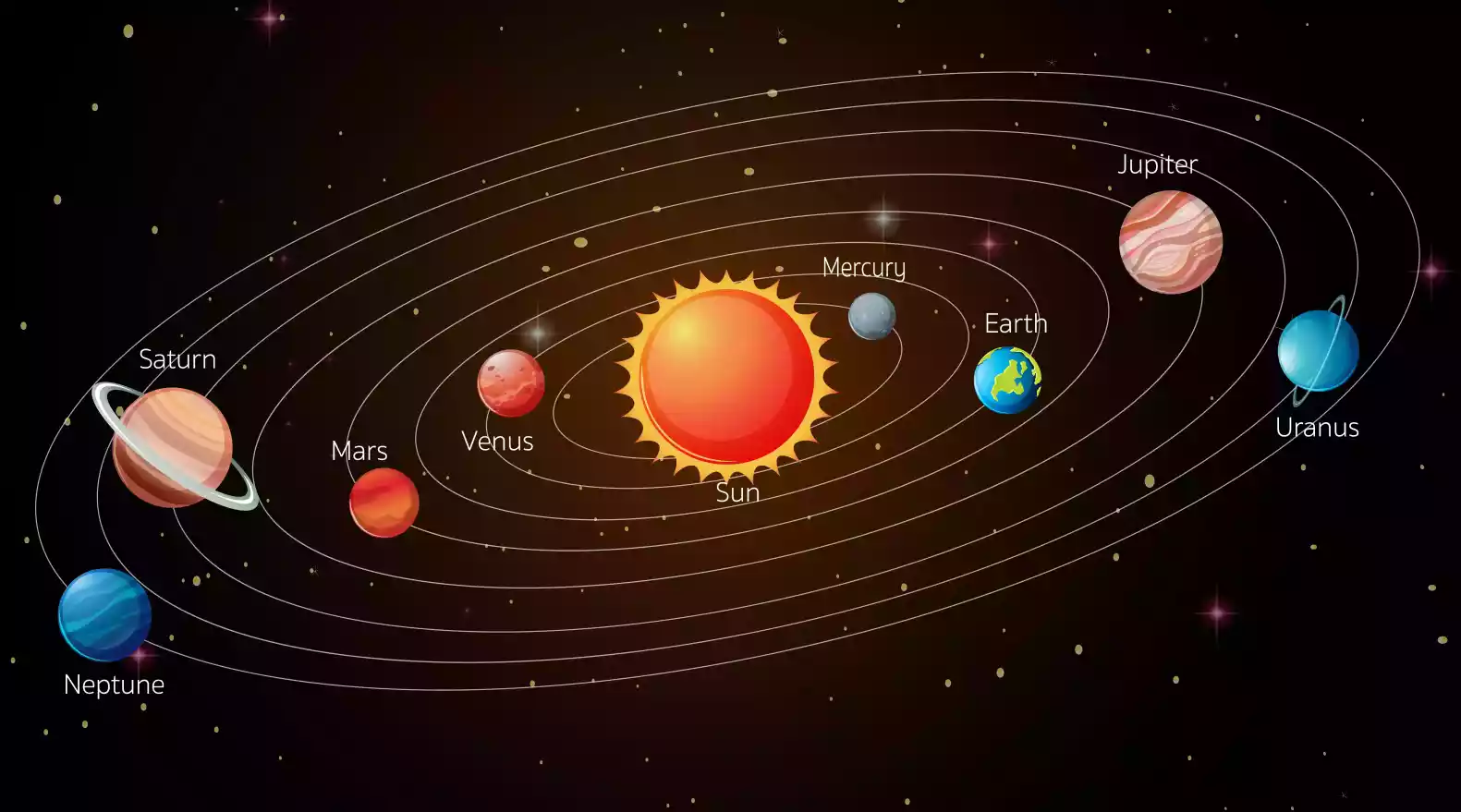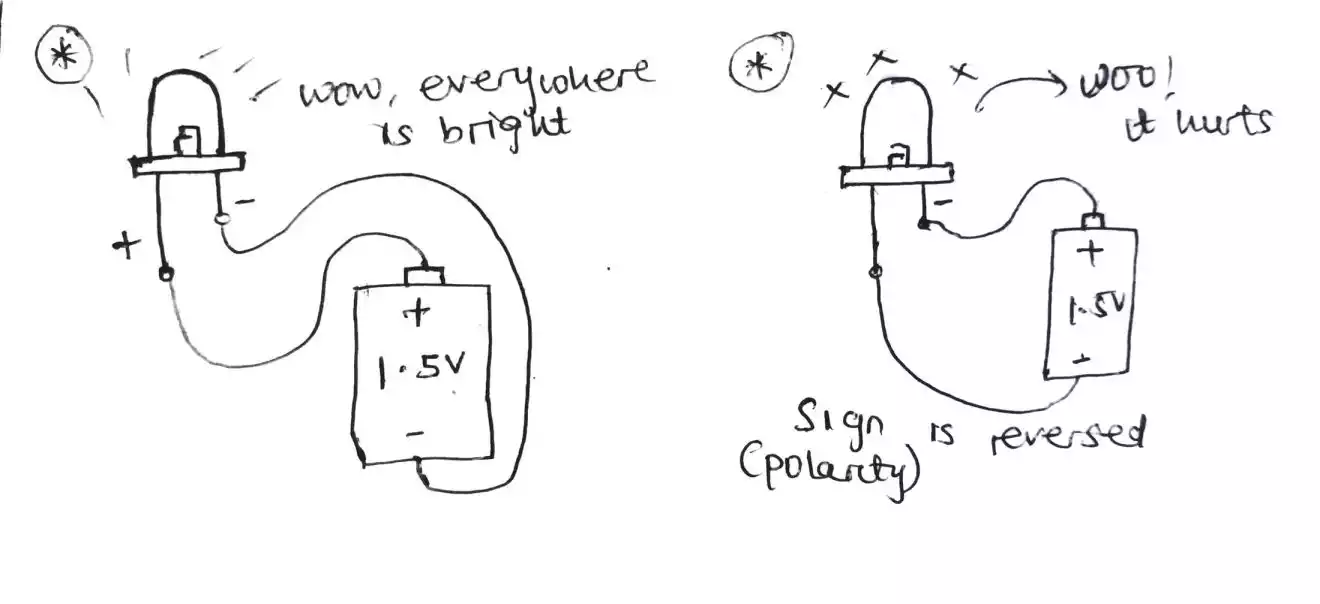Difference Between Mechanical Waves and Electromagnetic Waves
Waves are fascinating phenomena that play a fundamental role in our understanding of the natural world.
Two prominent categories of waves are mechanical waves and electromagnetic waves. While they share some similarities, they also have key differences that set them apart.
In this article, we will explore the distinctions between mechanical waves and electromagnetic waves, shedding light on their nature, behavior, and applications.
Table of Contents
The Nature of Mechanical Waves and Electromagnetic Waves
Mechanical waves are waves that require a medium to travel through. They are created by the vibration or oscillation of matter.
When an object vibrates or oscillates, it transfers its energy to the surrounding particles in the medium, resulting in the propagation of the wave.
Examples of mechanical waves include sound waves, water waves, and seismic waves.
On the contrary, electromagnetic waves are waves that can travel through a vacuum. They do not rely on a medium for propagation.
Electromagnetic waves are created by the acceleration of charged particles, particularly the oscillation of electric and magnetic fields.
This oscillation generates self-sustaining waves that can traverse vast distances. The electromagnetic spectrum encompasses various types of waves, including radio waves, microwaves, infrared, visible light, ultraviolet, X-rays, and gamma rays.
Key Differences Between Mechanical Waves and Electromagnetic Waves
To further understand the disparity between mechanical waves and electromagnetic waves, let’s examine their key features:
| Features | Mechanical Waves | Electromagnetic Waves |
|---|---|---|
| Medium | Require a medium to travel through | Can travel through a vacuum |
| Creation | Created by the vibration of matter | Created by the acceleration of charged particles |
| Speed | Speed depends on the medium | Speed is the same in all mediums |
| Types | Longitudinal, transverse, and surface waves | Transverse waves only |
| Applications | Sound, seismic waves, ocean waves, waves on a string | Light, radio waves, microwaves, X-rays, gamma rays |
- Medium: Mechanical waves require a medium, such as air, water, or solids, to propagate. In contrast, electromagnetic waves can travel through a vacuum, making them capable of traversing space.
- Creation: Mechanical waves are created by the vibration or oscillation of matter. This vibration transfers energy to neighboring particles in the medium, causing the wave to propagate.
On the other hand, electromagnetic waves are created by the acceleration of charged particles, such as electrons, resulting in the generation of oscillating electric and magnetic fields. - Speed: The speed of mechanical waves depends on the properties of the medium through which they travel. For example, sound waves travel faster in solids than in liquids or gases.
In contrast, electromagnetic waves travel at the same speed (the speed of light) in all mediums, including vacuum. - Types: Mechanical waves can exhibit different types, including longitudinal waves (where particles oscillate parallel to the wave direction),
transverse waves (where particles oscillate perpendicular to the wave direction), and surface waves (where particles oscillate both perpendicular and parallel to the wave direction).
Electromagnetic waves, however, are exclusively transverse waves, with oscillations occurring perpendicular to the direction of wave propagation. - Applications: Mechanical waves find applications in various aspects of our everyday lives and scientific research.
Sound waves are essential for communication, music, and the study of acoustics.
Seismic waves aid in earthquake detection and the understanding of Earth’s interior.
Ocean waves provide insights into oceanography and are integral to navigation and recreational activities. Waves on a string are studied to understand wave behavior and properties.
On the other hand, electromagnetic waves have diverse applications. Visible light enables us to see the world around us, while radio waves are used for communication and broadcasting.
Microwaves play a significant role in cooking and telecommunications. X-rays are crucial in medical imaging, and gamma rays find applications in cancer treatment and nuclear physics research.
Examples of Mechanical Waves and Electromagnetic Waves
To better grasp the concepts of mechanical waves and electromagnetic waves, let’s explore some specific examples:
Mechanical Waves
- Sound waves: Sound waves are mechanical waves that require a medium, such as air, to travel. They are created by the vibration of objects, such as vocal cords or a guitar string.
Sound waves enable us to hear music, speech, and various environmental sounds. - Seismic waves: Seismic waves are mechanical waves that propagate through the Earth’s interior. They are generated by seismic activities, including earthquakes and volcanic eruptions.
By studying seismic waves, scientists gain insights into Earth’s structure and tectonic movements. - Ocean waves: Ocean waves are mechanical waves that travel across the surface of water bodies, such as oceans and seas. They are primarily created by the wind blowing across the water’s surface.
Ocean waves are not only mesmerizing to watch but also crucial for understanding oceanography, coastal erosion, and navigation. - Waves on a string: Waves on a string are mechanical waves that propagate through a taut string or rope. By plucking, striking, or bowing the string, energy is transferred, creating a wave that travels along the string.
This phenomenon is commonly observed in musical instruments such as guitars, violins, and pianos.
Electromagnetic Waves
- Light: Light is an electromagnetic wave that falls within the visible spectrum. It is created by the emission of photons from atoms and molecules.
Visible light allows us to perceive colors, shapes, and the world around us. It plays a vital role in photography, art, and various optical technologies. - Radio waves: Radio waves are a type of electromagnetic wave with long wavelengths. They are commonly used for communication, including radio broadcasting, wireless networks, and mobile phones.
Radio waves enable us to transmit and receive information wirelessly over long distances. - Microwaves: Microwaves are electromagnetic waves with a medium wavelength range. They find extensive applications in cooking, where they are utilized in microwave ovens to heat and cook food.
Microwaves are also crucial for telecommunications, satellite communication, and radar systems. - X-rays: X-rays are electromagnetic waves with short wavelengths. They have high energy and can penetrate various materials, including the human body.
X-rays are widely used in medical diagnostics, such as X-ray imaging, CT scans, and mammography. They also have applications in materials testing and industrial inspections. - Gamma rays: Gamma rays are electromagnetic waves with very short wavelengths and high energy. They are the most energetic form of electromagnetic radiation.
Gamma rays are used in medical treatments, including radiation therapy for cancer. They are also vital in scientific research, particularly in nuclear physics and astrophysics.
Wrap Up
Mechanical waves and electromagnetic waves are two different categories of waves that exhibit significant differences in their nature, propagation, and applications.
Mechanical waves require a medium for propagation and are generated by the vibration of matter, while electromagnetic waves can travel through a vacuum and are created by the acceleration of charged particles.
Having a clear understanding of these disparities enhances our knowledge of wave phenomena and enables us to exploit their unique properties for various applications.





